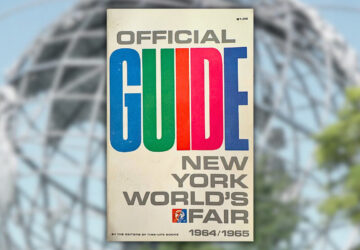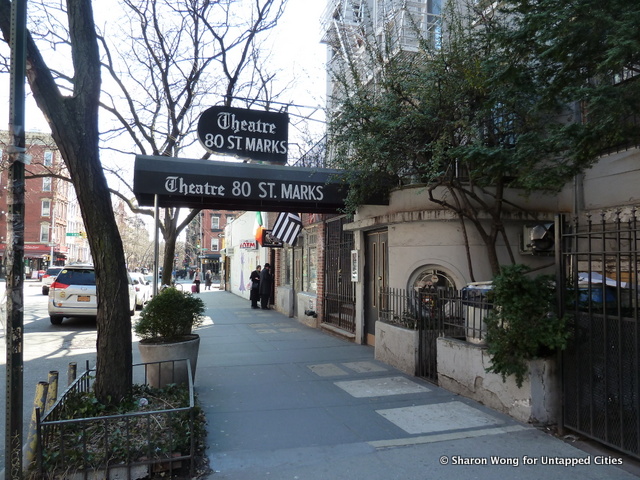
I can see how the visitor’s first glimpse of the Museum of the American Gangster, located in a former speakeasy on St. Mark’s, could be a bit bemusing. For the most part, the Museum of the American Gangster is dominated by scores of black and white photos and an assortment of memorabilia that probably don’t signify much to an outsider. However, these are hardly just bits and bobs that once belonged to the likes of Al Capone. Even the smallest object tells a riveting tale of the truth about gangsters, which generally has little resemblance to what history books and the movies might have told you. It’s the Museum of the American Gangster’s mission to dispel the myths about gangsters.
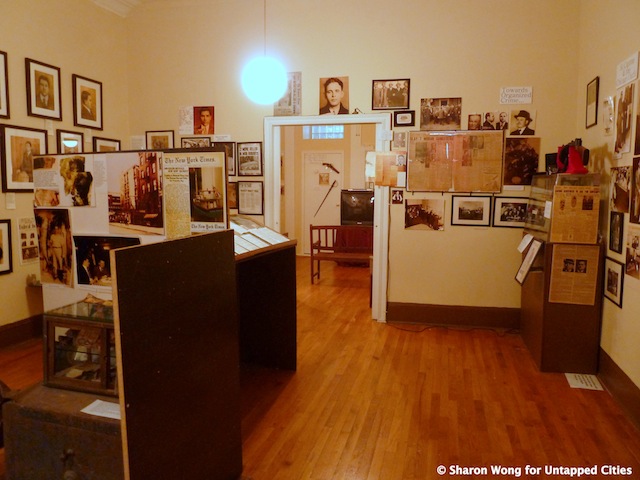
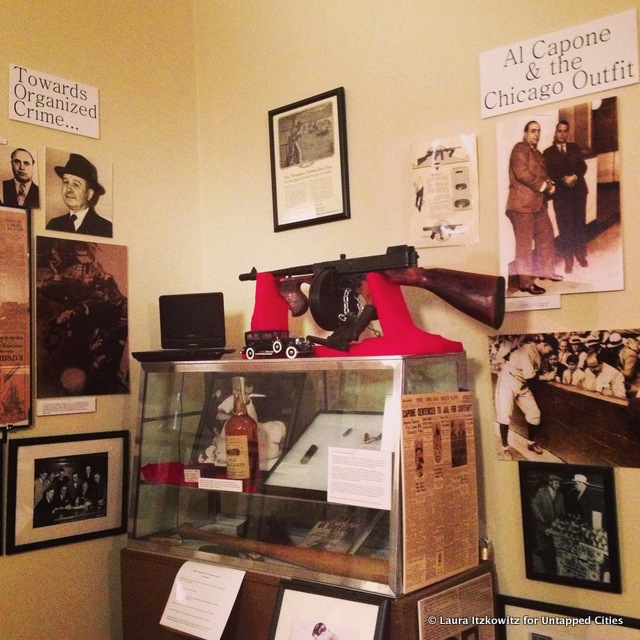
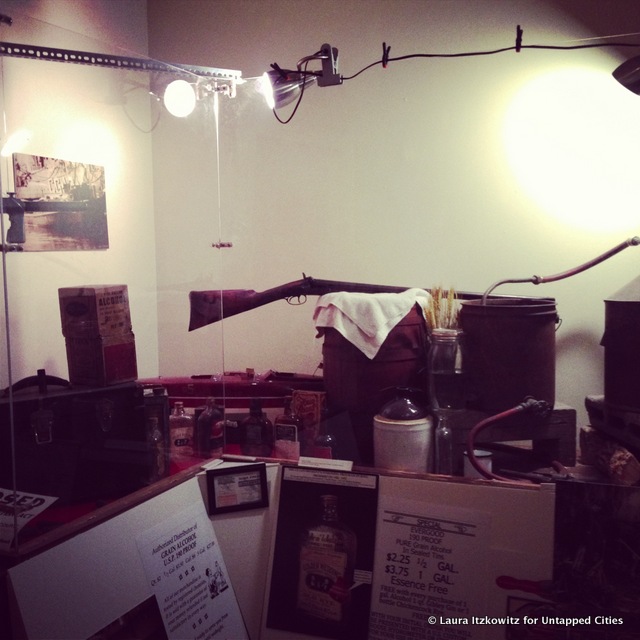
First of all, according to founder Lorcan Otway, the roots of the mob go way back beyond the Roaring ’20s, when many of our favorite gangster movies are set. In fact, it originates with the Founding Fathers, who began the Revolutionary War not because of British taxes on tea, but rather because their bootlegging/slaving trade was being disrupted by the tax on sugar. Ever since this country’s founding, Americans have been struggling to balance the two pillars of our society: moral convictions and liberty. In the 1920s, the Temperance Movement firmly believed that alcohol was the cause of society’s ills and that Prohibition would cure it. As we know, the confiscation of what Americans believed to be their inalienable right resulted in flagrant breaking of the law. Thus, the speakeasy was born.
Secondly, the word Mafia should never be used as a catch-all term for mobsters. According to Otway, this referred specifically to the Sicilian underworld. In truth, American gangsters were quite a multicultural group. There were Jewish gangsters, Irish gangsters, African-American gangsters and the requisite Italian gangsters. It was in fact a Jewish gangster who was the original sharply dressed crime lord, not Vito Corleone. It was also another Jewish gangster, Meyer Lansky, who founded the National Crime Syndicate. Lansky was a deceptively puny man who bested dangerous criminal, Lucky Luciano, in a fistfight. Luciano, who respected Lansky deeply after that, became his lifelong friend and partner in crime. Lansky, who broke up a 4,000 strong Nazi rally with just 15 others, was probably the inspiration for the movie Inglorious Basterds.
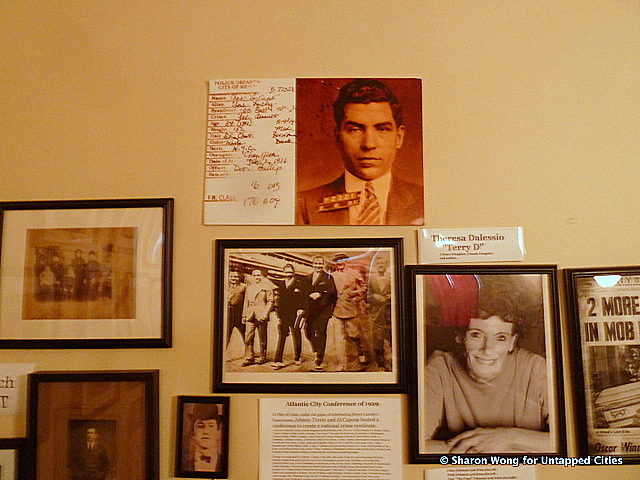
Thirdly, most of what we hear about mob wars is not true, or is not the whole truth. Take the St. Valentine’s Day Massacre, for example. The media was quick to portray Al Capone as a coward for lining men from rival Dean O’Bannion’s gang up against a wall and shooting them. His true intentions in conducting the execution-style murder in such a secret place was to keep the fighting away from unsuspecting civilians. It seems not many would accuse a gangster of noble intentions.
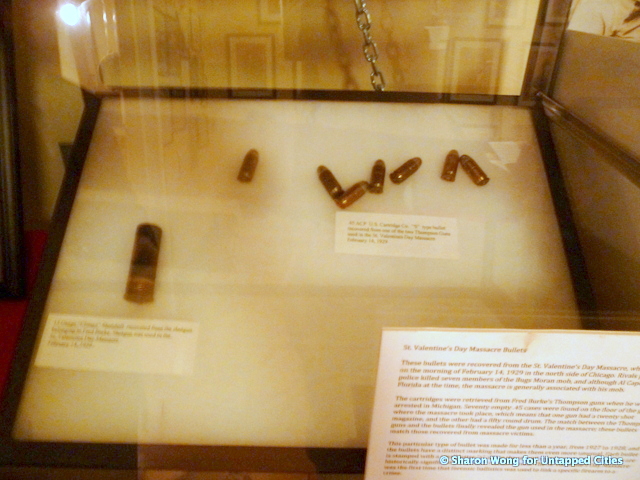
However, the most interesting anecdote comes from Otway’s own personal history. Otway is no mere gangster hobbyist. His own close brush with NYC’s seamy underbelly is what gives his narratives the authenticity of an insider account.
In 1964, Otway’s father was a struggling actor who needed a theater. A man named Walter Scheib was selling a former speakeasy on St. Mark’s Place for very cheap, so Otway’s father naturally jumped at the offer. He was just beginning to renovate the basement when he came across two unopened safes there. Now, while he may not have questioned Scheib’s eagerness to sell the speakeasy, he knew better than to open them himself. The entertainment business was one closely linked to mobsters and to touch their belongings meant death. He quickly informed Scheib of his findings and they opened it together. They found two million dollars awaiting them inside! However, Otway’s father never ended up getting a single cent, as Scheib took the money and disappeared. That was just as well, for Otway’s father discovered that the money actually belonged to Frank Hoffman, a Bavarian gangster who was once Scheib’s partner.
As it happens, the rusty safe on display at the Museum of the American Gangster was one of the very same ones that came so close to jeopardizing his family.
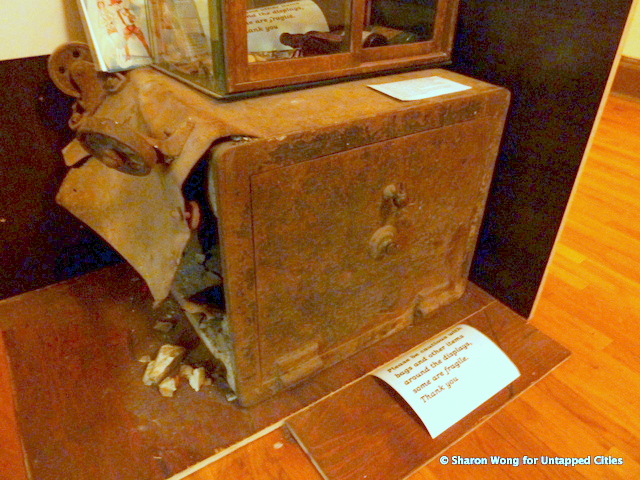
Why would Hoffman not return for something so important? I was about to ask this when Otway decided to show me the basement where his father originally founded the safe. We left the Museum of the American Gangster’s exhibition room and headed down to the theater next door.
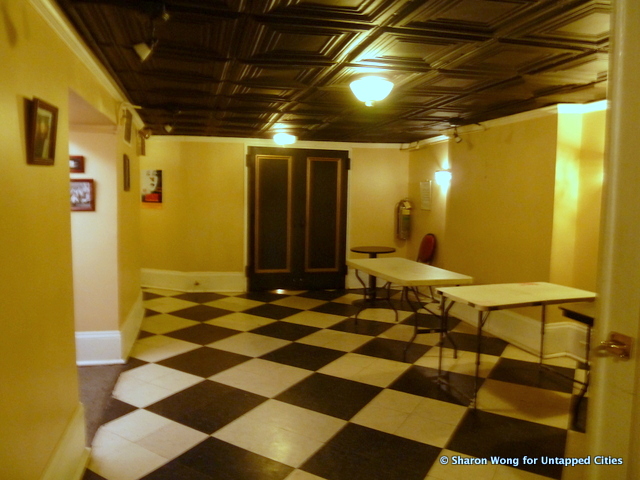
En route to the basements, I found that they weren’t the only feature left over from the gangster’s reign. In what is now a bar where theatergoers can drink in between performances, Otway revealed that Scheib once loaded the wall with enough explosives to fill a car! These were only one of his safety measures against police raids.
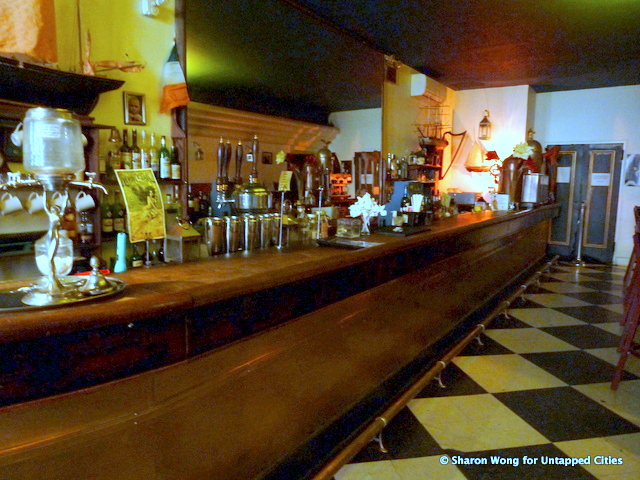
He then proceeded to the actual speakeasy itself. It is a well-preserved space with a classically charming stage. Despite its checkered past, I felt enveloped in a sense of pervasive calm while standing in its cavernous gloom. Just against the backdrop to the stage, I spied the outline of an old door, which formerly opened out into the alleyway.
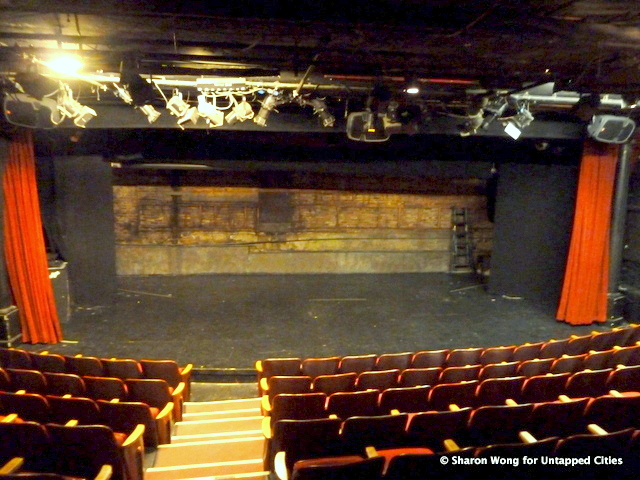
It turned out that the basements doubled as escape tunnels. Donning hard hats that only add to the momentousness of the occasion, we navigated their maze-like layout. Otway pointed out a sophisticated air-conditioning system, a phone line used to alert the gangsters of upcoming raids and even cat paw prints, left by cats Scheib brought in to get rid of mice. On the barred-in window next to the old telephone, Otway’s father found copper wire, indicating that a bomb would go off if anyone tampered with the bars, in an attempt to escape through the window. Scheib was clearly a man who thought of everything.

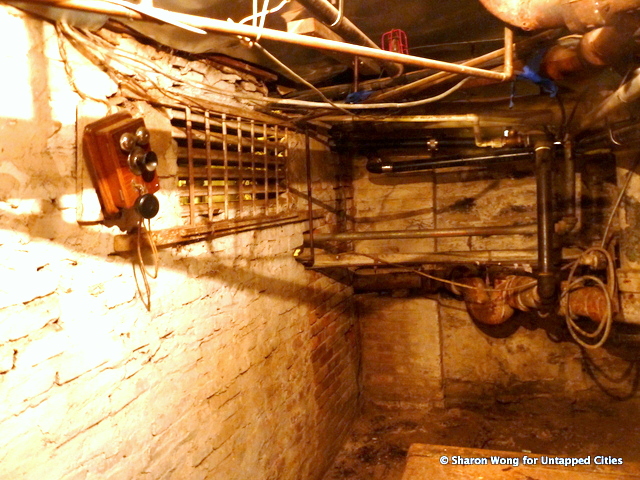
Finally, we reached the safe itself. Otway opened it up and shone a light within so that the memorabilia still hidden inside is revealed to my camera lens. In its cool, dark place of origin, illuminated only by Otway’s flashlight, it took on the aspect of an altar or a holy relic. Apparently, Hoffman had originally put $12 million inside the two safes, which in the 1920s and ’30s would have been enough money to buy the whole Lower East Side.
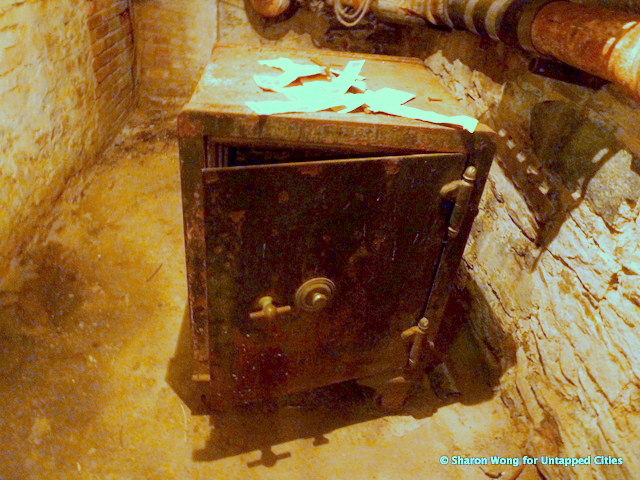
The question still loomed. How did Otway’s father survive this close brush with a man as lethal and as wily as Hoffman? Apparently, Hoffman was probably already dead at the time. Otway suspected that he and his ladylove were slaughtered by his driver, who got wind of the fact that he had a hidden stash somewhere. It is a tragic end worthy of a Shakespeare play. Nonetheless, I am very glad Otway lived to tell the tale and gift New Yorkers with the Museum of the American Gangster.
To visit, come to 80 St Mark’s Place from Monday-Sunday, 1-6pm.


